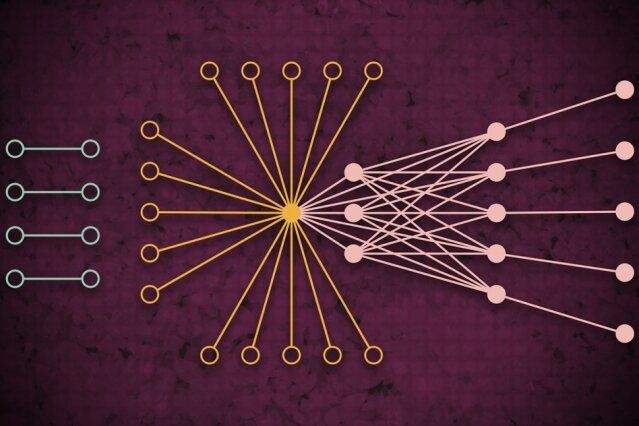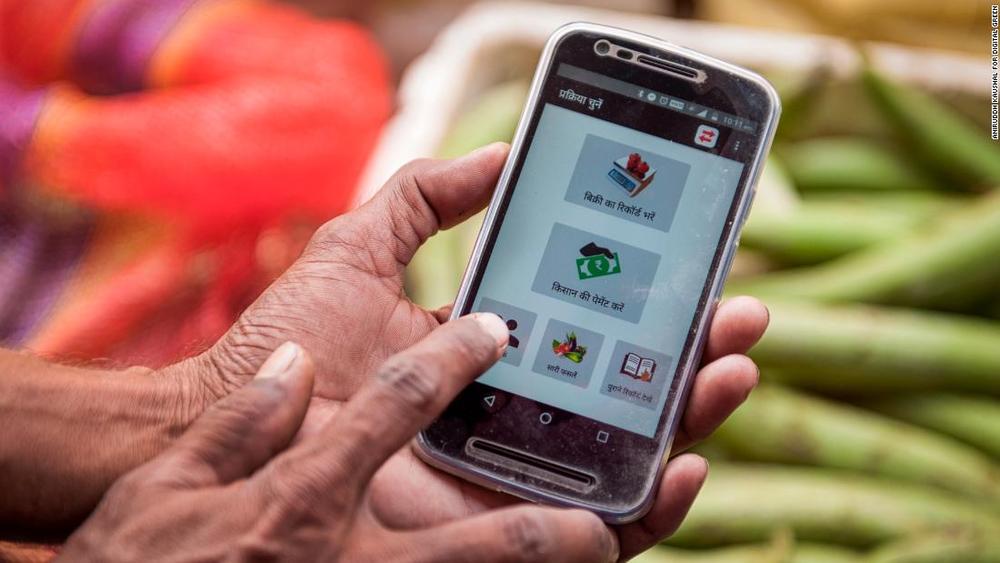The three-body problem, one of the most notoriously complex calculations in physics, may have met its match in artificial intelligence: a new neural network promises to find solutions up to 100 million times faster than existing techniques.
First formulated by Sir Isaac Newton, the three-body problem involves calculating the movement of three gravitationally interacting bodies – such as the Earth, the Moon, and the Sun, for example – given their initial positions and velocities.
It might sound simple at first, but the ensuing chaotic movement has stumped mathematicians and physicists for hundreds of years, to the extent that all but the most dedicated humans have tried to avoid thinking about it as much as possible.






